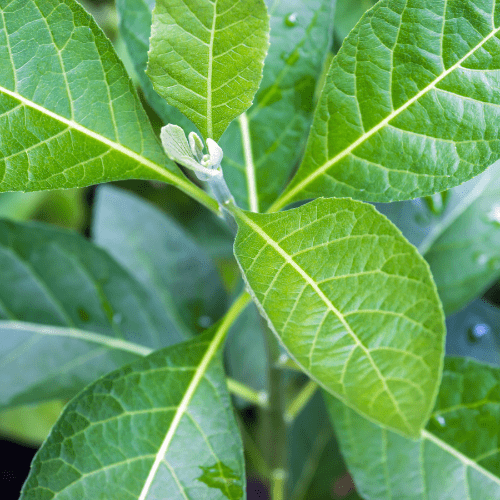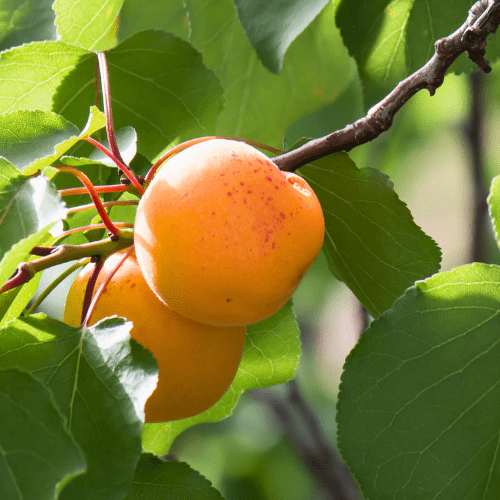Position
Plant your moringa tree in full sun. These tree can survive strong winds and helps prevent soil erosion. Moringa trees can tolerate light frost but must be covered in extremely cold areas. They may lose their leaves in frosty conditions but will recover in the spring.
Size
This tree is a slender, fast-growing tree that can reach up to 12 mts in height. Do not plant too close to a wall or structure. The roots can become invasive if planted in a tropical environment.
Soil Type
Sandy or loamy soil with good drainage is ideal for moringa trees. They produce a long, thick taproot that does not like to be waterlogged.
Watering
Initially, the tree requires watering regularly for the first two months. Once the root is established, it requires little watering. It is drought-tolerant and only requires watering once a month in dry seasons if there has been no rain. The leaves are good indicators of dryness.
Fertilising
Moringa trees are relatively low-maintenance and can grow in poor soils. They are known for their adaptability and ability to thrive with minimal fertilization.
While they do not require heavy feeding, providing some nutrients can improve their growth, especially in nutrient-poor soils. Moringas benefit from a balanced approach to fertilisation. Our slow-release (berry fertiliser) all-plant fertiliser will assist in its growth and foliage/fruiting. Apply one teaspoon every 4-5 months. The roots will absorb what they need.
Pruning
It is recommended that the tree be cut back every winter to a height of 1.5 and 2 Mts. This is a good height for harvesting fruit, pods, and leaves. Topping also encourages vigorous leaf and pod production and canopy growth.
Regular pruning encourages a more rounded canopy. Selectively cutting back branches and tips can promote a broader, more spreading canopy rather than a narrow, upright shape.
Mulch
Use 2 to 5 centimetres of pine bark mulch to protect the roots from UV damage and drying out. The mulch retains moisture and maintains an optimal pH. Do not let the mulch touch the plant stem, as it may cause infection or rot.
Pests and Diseases
Moringa trees are generally pest-resistant. Watch out for common pests like aphids and scale insects. Fungal diseases can occur in overly wet conditions. Ensure good air circulation and avoid overwatering.
Agricultural Neem Oil or Effective Microorganisms (EM Control ) will assist in either prevention or after the fact. If you already have aphids or mites, wash the tree with a harsh hosing, and when dry, spray with Neem oil or EM Control. Trees need regular spraying before the onset of fruit and immediately after buds turn to small fruit. Continue organic spraying regularly for good-quality fruit.
Harvesting
Harvest leaves when they are young and tender. Regular harvesting promotes new growth. Moringa leaves are highly nutritious and can be eaten fresh, cooked, or dried.








